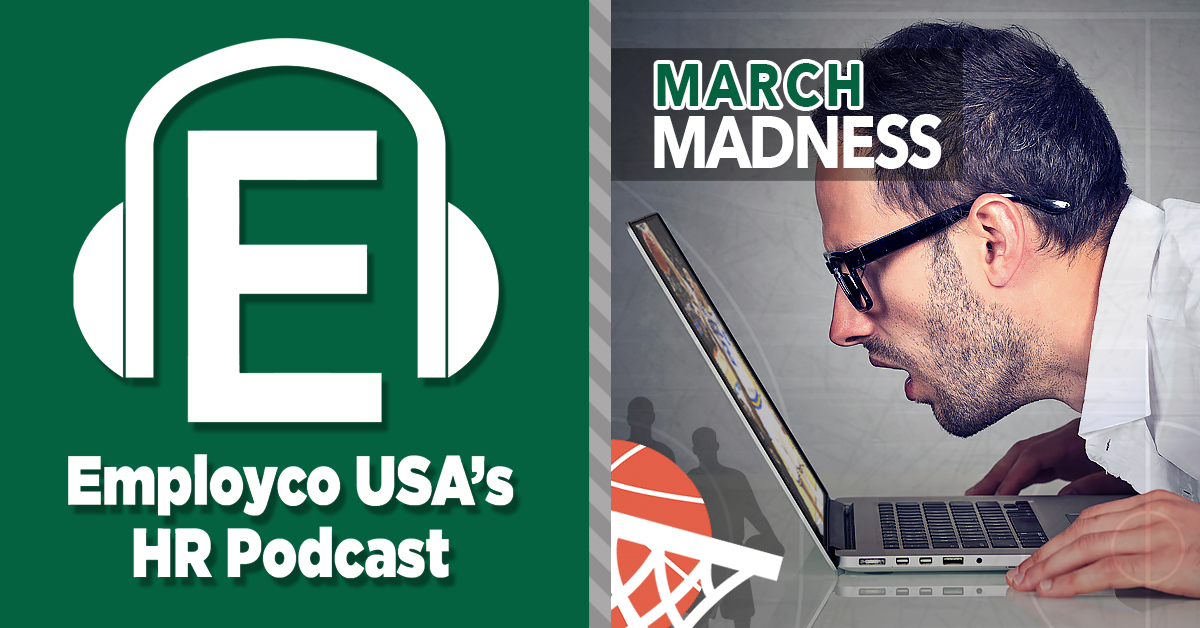Employment/human resources expert talks freedom of speech in the workplace
 In the wake of numerous school walk-outs across the country, many students as well as teachers are facing potential consequences for their decision to express their beliefs about the Second Amendment. This begs the question: How much free speech is truly allowed in the workplace, and can you get in trouble for expressing anger about gun control or our President or anything in between?
In the wake of numerous school walk-outs across the country, many students as well as teachers are facing potential consequences for their decision to express their beliefs about the Second Amendment. This begs the question: How much free speech is truly allowed in the workplace, and can you get in trouble for expressing anger about gun control or our President or anything in between?
Rob Wilson, President of Employco USA and H.R. expert says, “In today’s acrimonious political climate, an employee’s right to free speech is a very important topic. Managers around the country need to become aware of what speech is legally protected in the workplace and what steps they should take to tighten up policies regarding political discourse in the office.”
Here, Wilson outlines what employers and employees need to know:
- Employees’ rights are quite limited. Wilson says, “Unless you work for a state or federal employer, you do not have legal protections when it comes to expressing your views. Whether you are pro-Trump or pro-gun control, if you work for a private employer, you are not promised the right to share your views without impunity.”
- Few states make it illegal to discriminate against an employee based on their political affiliation. “Only a handful of states expressly state that employers are not allowed to discriminate based on an employee’s political views,” says Wilson. “And only two states make it illegal to discriminate against an employee’s ‘lawful conduct outside of work.’”

 Workplace bullying is a sadly common issue that many employees face on a regular basis. And, some employees are at higher risk of workplace bullying than others. A recent online study led by
Workplace bullying is a sadly common issue that many employees face on a regular basis. And, some employees are at higher risk of workplace bullying than others. A recent online study led by  Recent statistics reveal that March Madness has become more popular than ever before, thanks in large part to the worldwide betting that takes place. Over 60 million people are expected to fill out brackets this year, with an estimated $10 million being put on the table. However, there is another cost which people may not expect: A downturn in employee productivity.
Recent statistics reveal that March Madness has become more popular than ever before, thanks in large part to the worldwide betting that takes place. Over 60 million people are expected to fill out brackets this year, with an estimated $10 million being put on the table. However, there is another cost which people may not expect: A downturn in employee productivity. A recent U.K. study found that
A recent U.K. study found that Governor Scott just signed a bill making it legal to smoke marijuana recreationally in the state of Vermont. They join 8 states along with the District of Columbia which have adopted laws legalizing marijuana for recreational use. Many other states allow marijuana use in some form such as for medical purposes.
Governor Scott just signed a bill making it legal to smoke marijuana recreationally in the state of Vermont. They join 8 states along with the District of Columbia which have adopted laws legalizing marijuana for recreational use. Many other states allow marijuana use in some form such as for medical purposes. Last week, immigration officials descended on almost 100 7-Eleven stores in 17 states. They carried notices requiring owners of these establishments to produce hiring records for their employees within 3 days.
Last week, immigration officials descended on almost 100 7-Eleven stores in 17 states. They carried notices requiring owners of these establishments to produce hiring records for their employees within 3 days.